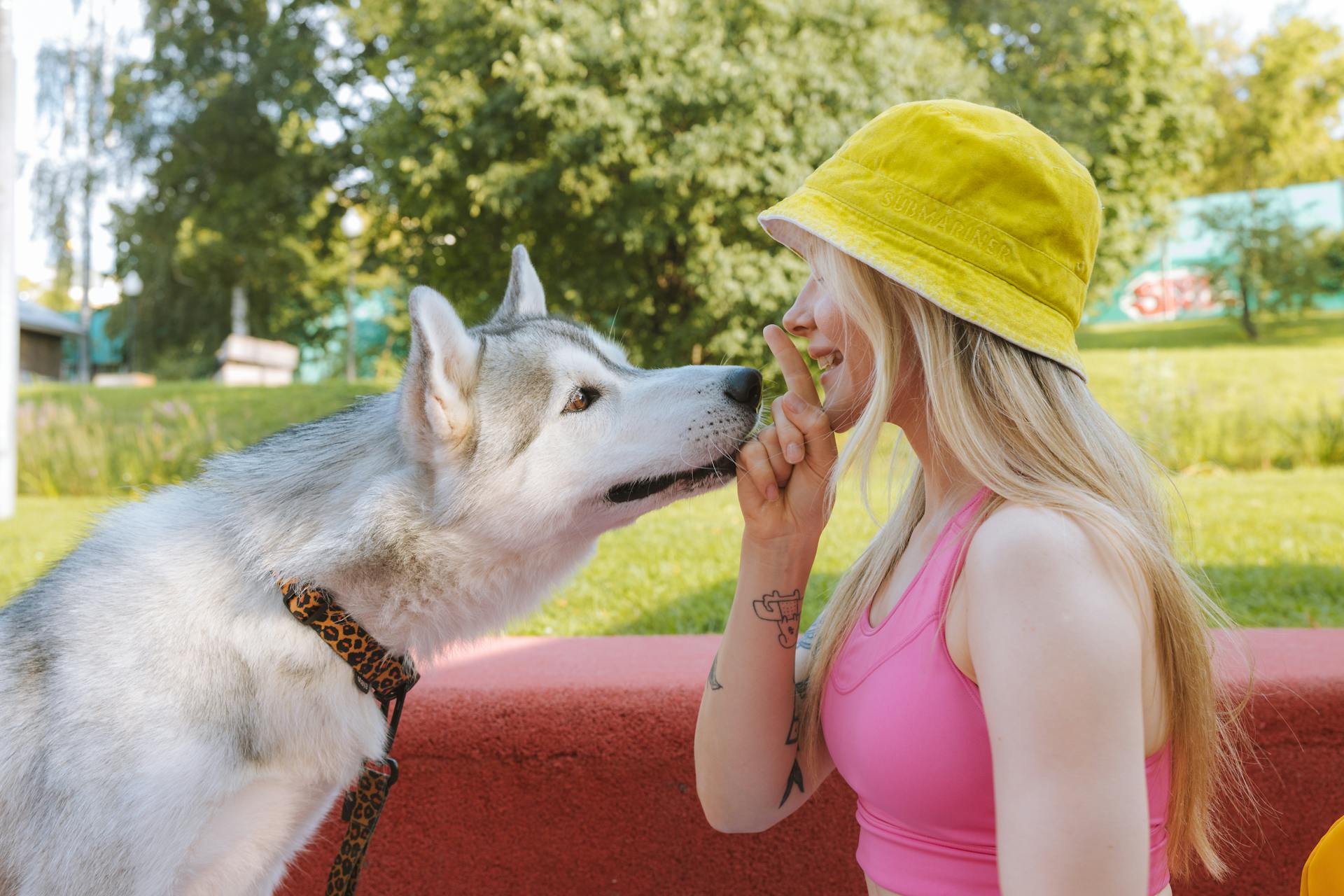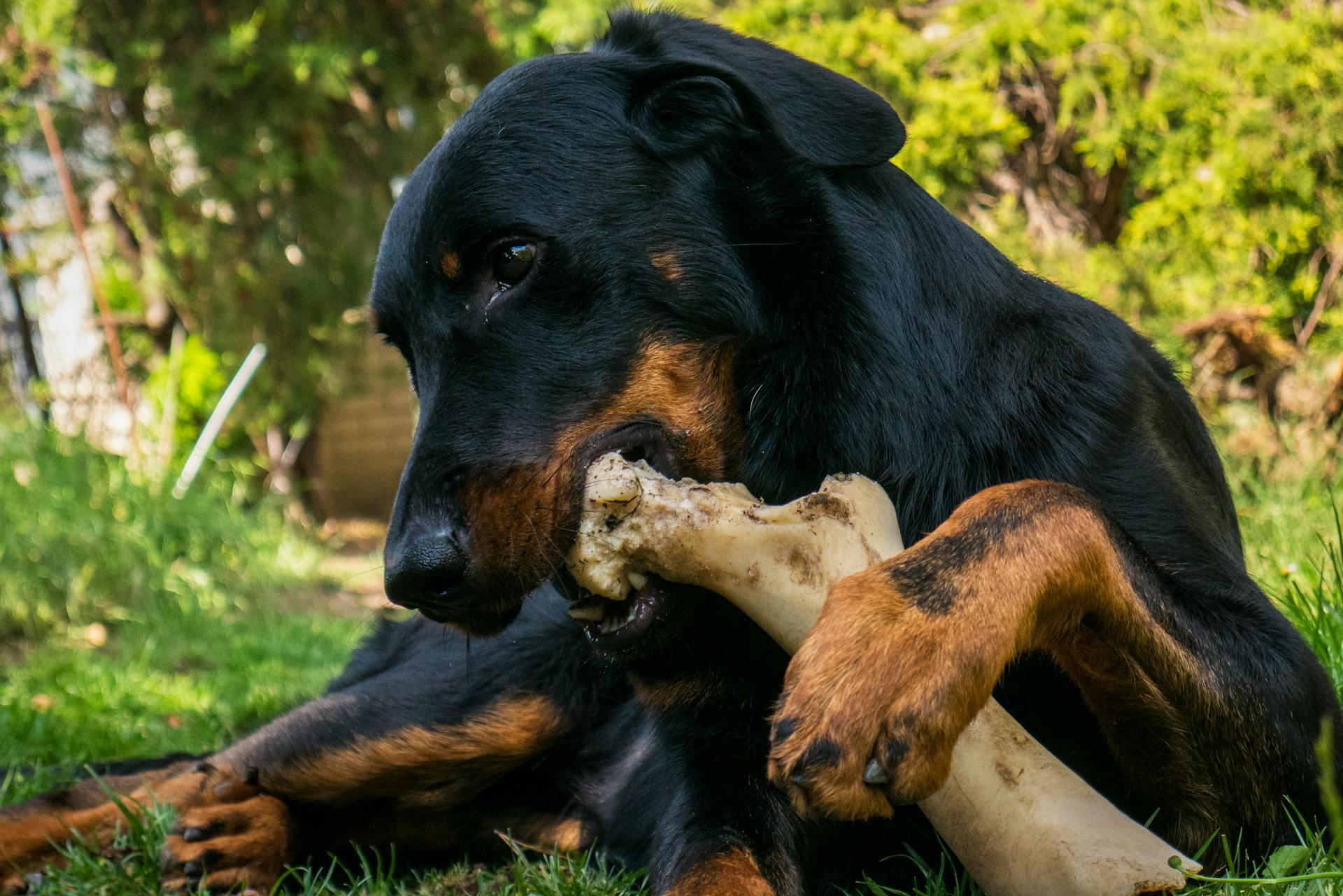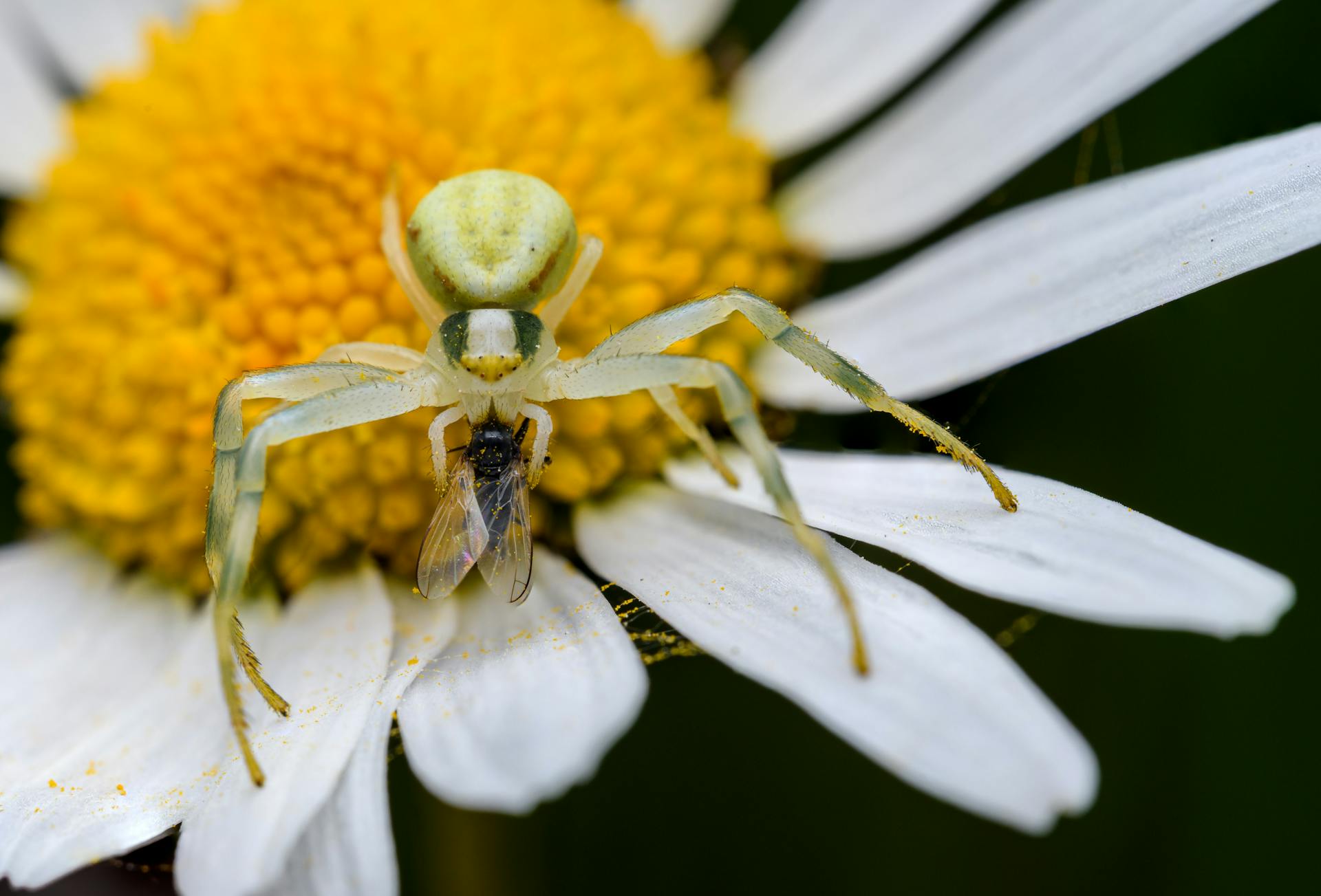
Understanding dog biting behavior is crucial for any dog owner, as it can be a sign of underlying issues or a learned behavior. According to research, about 4.5 million people in the United States are bitten by dogs each year.
Dogs bite for a variety of reasons, including fear, anxiety, and resource guarding. Resource guarding is a common issue, where a dog becomes protective of its food, toys, or other valuable items. This behavior can be triggered by a range of factors, including genetics, environment, and past experiences.
Preventing dog bites requires a combination of training, socialization, and management. By understanding the underlying causes of biting behavior, you can take steps to address the issue and prevent future incidents.
Understanding Dog Behavior
Understanding dog behavior is crucial for effective dog bite training. Most dogs will show avoidance and run away when threatened, leaving their handler to fend for themselves. This is based on the temperament of the dog, and a good protection dog is taught from a young age to act in an appropriate way when threatened.
A dog's ability to deal with stress is a key factor in its temperament. Teaching a puppy bite inhibition can mean the difference between a little nip and a bite that sends the victim to the hospital. This is also important for dog interactions, as dogs playing well together use bite inhibition to maintain a safe level of play.
To teach your puppy to bite softly, start by giving a time-out for hard bites, and gradually decrease the severity of the time-out as the puppy improves. For example, if your puppy gives you a level 5 bite, time out for a minute. The next week, time out for anything that is a 4 or above, and continue this process until your puppy consistently delivers only level 1 bites.
Here are some steps to teach your puppy to bite softly:
- Hard bites result in a time-out. Stop play, and leave your puppy alone or put her in a time-out area for about one minute.
- Each week ask your puppy to bite a little softer by timing her out for her hardest bites.
- Don’t phase out play biting all together until your puppy is reliably biting softly. Then you can re-direct her to toys or time her out for all bites.
Understanding the Drives
A good protection dog is taught from a young age to act in an appropriate way when threatened. He is taught that to show avoidance and that running away does not solve his problem.
Protection training, when it is done properly, is one of the most demanding and difficult dog training tasks out there. Most dogs can learn obedience, scent work, or agility, but few dogs can be trained in handler protection.
A dog's temperament plays a crucial role in its ability to deal with stress and learn protection training. In fact, most dogs, when threatened, will show avoidance and run away, leaving their handler to fend for themselves.
Bite training is founded on the ability of a dog to deal with stress. A good protection dog is taught to act in an appropriate way when threatened, not to show avoidance and run away.
Here's a breakdown of the drives that govern a dog's temperament in protection work:
Understanding these drives is essential for successful protection training. Handlers need to have a thorough understanding of the drives that govern a dog's temperament in protection work.
Discover more: Home Protection Dog Training
Why Teach Inhibition?
Teaching inhibition is crucial for preventing dog bites. All dogs have the potential to bite, and it's up to their owners to train them properly.
Punishing a puppy for biting doesn't teach them bite inhibition, it can actually make them bite harder. This is because punishment doesn't teach the puppy what gentle biting is.
If a dog bites someone, you want it to be a little nip, not a bite that sends the victim to the hospital. Teaching a puppy bite inhibition can make all the difference.
Dogs that are not socialized to bite inhibition can bite too hard in play, leading to dog fights or other negative interactions. This is why it's essential to teach your puppy this important behavior.
By teaching bite inhibition, you can prevent a potentially serious situation from arising.
Worth a look: How to Stop Dog Biting during Grooming
Training Your Dog
Teaching your dog bite inhibition is crucial to prevent dog bites and ensure safe play interactions. This involves training your puppy to moderate the force of a bite, which can be achieved by making a high-pitched "ow!" sound if they bite too hard. However, this method may not work for all puppies, so it's essential to be aware of their individual responses.
To teach your puppy that biting means "game over", you can simply turn around and tuck your hands into your armpits. This calming signal and minor form of attention withdrawal can help your puppy understand that biting will get them nothing. Be careful not to roughhouse with your young pup in ways that encourage them to lose control and bite you.
Redirecting your puppy's chewing onto acceptable objects is also vital. You can offer a chew toy or a small puppy-safe chew bone whenever you pet them, and alternate which hand does the petting and which one has the chew bone. This will help your puppy learn that people and petting are wonderful, and keep their mouth busy while being petted.
See what others are reading: Dog Aggression after Neutering
Training Your Own Dog
Training your own dog requires patience, consistency, and clear communication. Make a high-pitched "ow!" sound if your puppy bites too hard, but be aware that this might not work for all puppies.
To teach your puppy bite inhibition, start by making a loud yelp sound if they bite you too hard. This will help them understand that their biting is not acceptable. Reward your puppy with treats and praise when they back off after biting.
It's essential to teach your puppy to bite softly. You can do this by timing them out for their hardest bites, starting with a level 5 bite and gradually decreasing the severity. For example, after a week, time out anything that is a 4 or above.
Here's a list of steps to teach your puppy to bite softly:
- Hard bites result in a time-out. Stop play, and leave your puppy alone or put her in a time-out area for about one minute.
- Each week ask your puppy to bite a little softer by timing her out for her hardest bites.
- Don’t phase out play biting all together until your puppy is reliably biting softly. Then you can re-direct her to toys or time her out for all bites.
To redirect your puppy's chewing onto acceptable objects, offer her a small puppy-safe chew bone or other type of chew toy whenever you pet her. This will help her learn that people and petting are wonderful and will keep her mouth busy while she's being petted.
Teaching Your Puppy
Teaching your puppy to use its mouth gently is crucial for a safe and enjoyable relationship.
Allow your puppy to nip a little as long as it doesn't really hurt you. This will help your puppy learn what gentle nipping feels like. When your puppy bites a little too hard, say "ouch" in a firm voice.
You can teach your puppy bite inhibition by making a high-pitched "ow!" sound if they bite you. However, be aware that this might get some puppies even more worked up and likely to bite. In this case, it's better to turn quietly around, walk away, or gently put the pup into their crate for a few minutes to calm down.
Puppies naturally nip at each other while playing, but if they bite too hard on their mother or littermate, the other dog will likely make a loud yelp sound, warning the puppy, "Hey, that hurt!" You can follow this example by allowing your pup to nip a little, but saying "ouch" if they bite too hard.
If your puppy bites you while playing, that means playtime is over, with no exceptions. Teach your puppy that biting will get them nothing by ignoring them until they're calm.
To teach your puppy to use its mouth gently, you can start by giving them a time-out for hard bites. Stop play, and leave your puppy alone or put her in a time-out area for about one minute.
Intriguing read: Dog Training Sounds
Here's a scale to help you track your puppy's progress:
- Level 5: Hard bites that result in a time-out.
- Level 4: Bites that are almost as hard as a Level 5, but still result in a time-out.
- Level 3: Bites that are a little too hard, but not as hard as a Level 4.
- Level 2: Bites that are still a bit too hard, but getting softer.
- Level 1: Soft bites that are gentle and pleasant.
Remember, your puppy needs to learn that human skin is fragile and can't be treated as roughly as a fur coat. Let your puppy bite you now and again so you can let her know which bites are too hard.
Broaden your view: Dogs from Puppy Mills Behavior
Sources
- Can I Train My Own Dog in Bite Work? (leerburg.com)
- How to Train Your Dog to Have Bite Inhibition (thesprucepets.com)
- How to Stop Puppy Biting and Train Bite Inhibition (akc.org)
- Teaching Bite Inhibition and Dealing with Rough Puppy Play (oregonhumane.org)
- Mouthing, Nipping and Play Biting in Adult Dogs (aspca.org)
Featured Images: pexels.com


